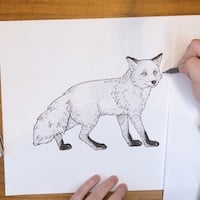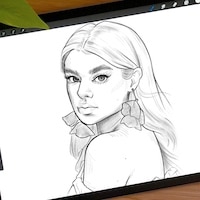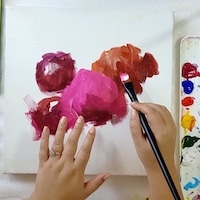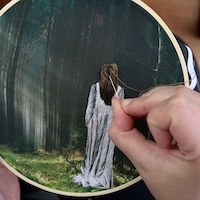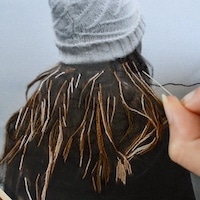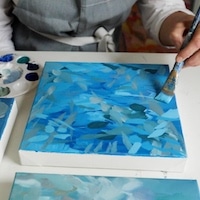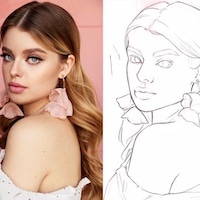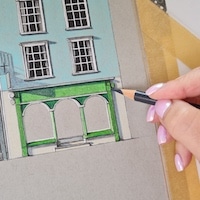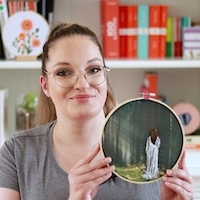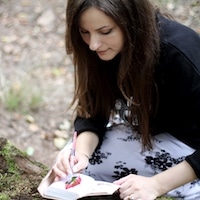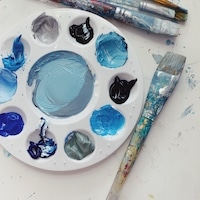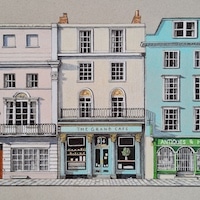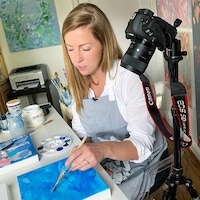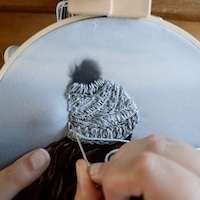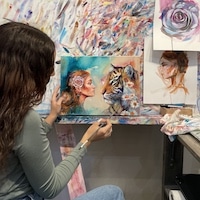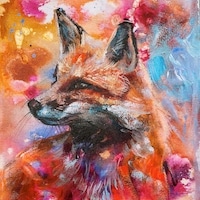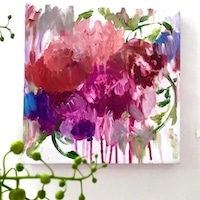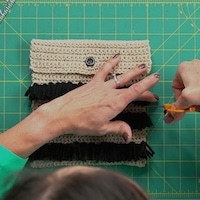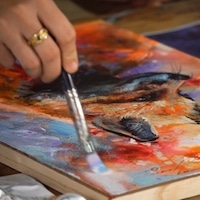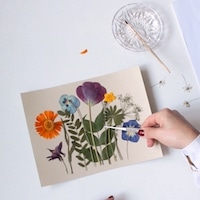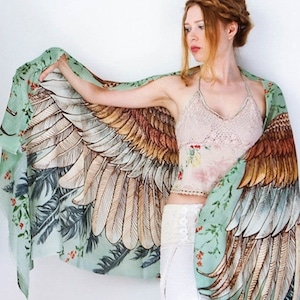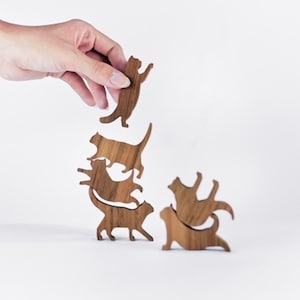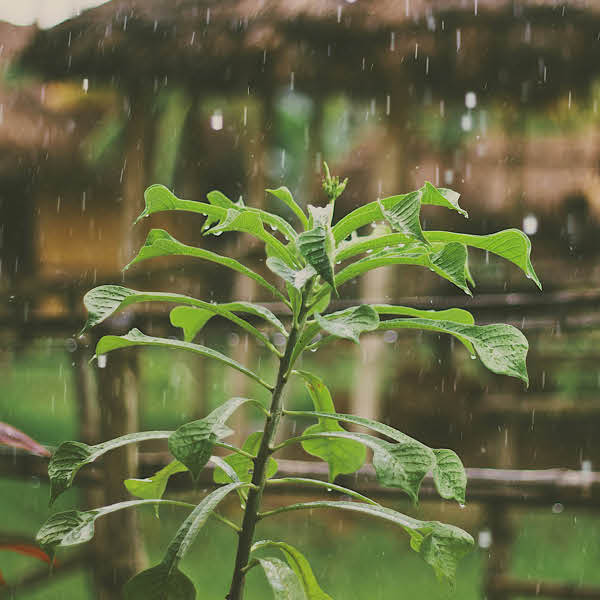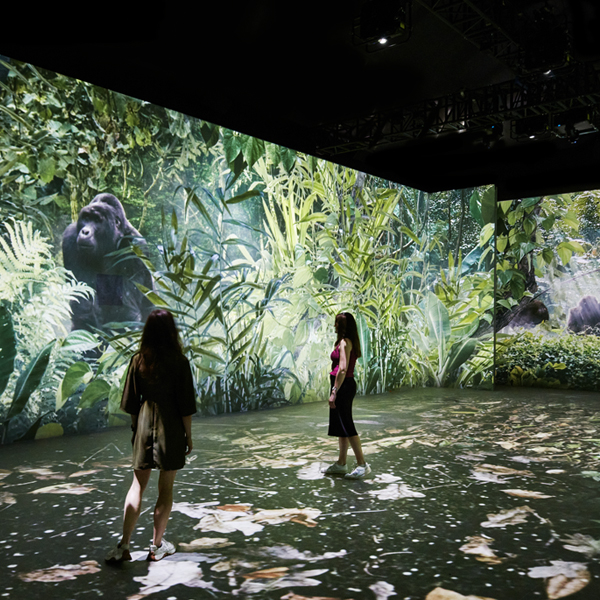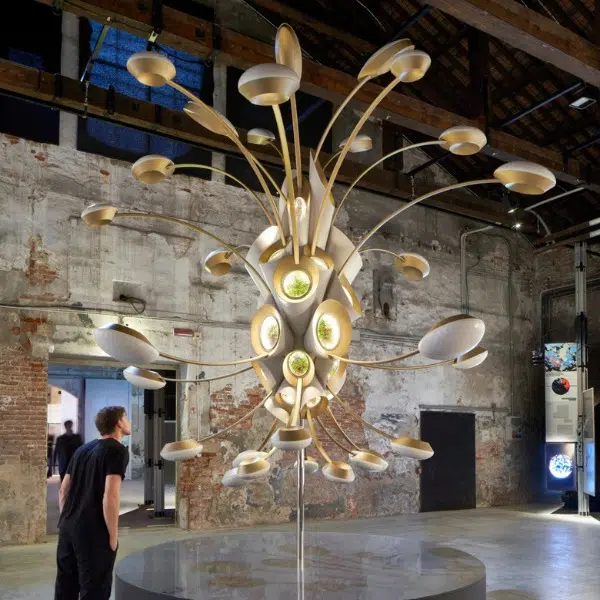Ver esta publicación en Instagram
Grass is one of the most common plants out there, and it’s a key component in many habitats. We’re all familiar with what it looks like to the naked eye; but, an image showing a cross section of grass under the microscope reveals something totally unexpected—a series of smiling faces. This particular photo was posted online and quickly went viral. While the image is very much real and not AI, there is a lot to say about the science behind this “smiling grass” photo and whether all the grass, including the one in your backyard or local park, looks like this.
The original image was taken by Phil Gates, who teaches biology at Durham University and runs the Cabinet of Curiosities natural history blog for The Guardian. To achieve it, he added two dyes to a thin slice of marram grass (Ammophila arenaria) and used blue-violet light on it. The image dates back to 1984, and Gates has been quoted as saying, “I hope the image stimulates the imagination of students to take an interest in plant anatomy.”
“The blue smiles are made of phloem tissue, which carries nutrients around the plant and has pure cellulose cell walls,” explains Chemical & Engineering News. “Chlorophyll-rich cells, which fluoresce brownish-red without any added dyes, can be exposed as the grooves in this sample open up in response to water in the air, uncurling the blades of grass and triggering photosynthesis.”
The concept has understandably resulted in endearing imagery, inspiring many to regard the grass as always looking and smiling back at us. However, the reality is a bit more nuanced than that. Grass has vascular bundles, which are kinds of tubes that are lined up vertically to make up each stalk of the grass. There are two types of vascular bundles—xylem, the wider one that carries water; and phloem, which is narrower and transports nutrients. If you can picture them, the former would be the “mouth” of the smiley face while the latter would be the eyes, or the whole face may just be well-placed xylem.
However, those who have reached out for their microscope to see the smiling grass have most commonly found a surprised face, much like a “:O” emoji. “I saw what looked like faces, but they weren’t smiling. Instead, I saw spooky, ghost-like ‘faces' staring back at me!” writes Foldscope Instruments, a microscope company. “The xylem and phloem bundles just happened to line up to form what looked like eyes and an open mouth.”
A quick search for images of cross sections of vascular bundles also shows more astonished expressions than grins. So, at the end of the day, your grass may not be smiling but it could very possibly be startled by you.
The “smiling grass under the microscope” image has made waves on the Internet for years—but is all grass really smiling?
Grass cells have smiley faces in them.
byu/armyfidds inNatureIsFuckingLit
The explanation lies in the vascular bundles, which are kinds of tubes that are lined up vertically to make up each stalk of the grass. However, they often look more like surprised faces than smiling ones.
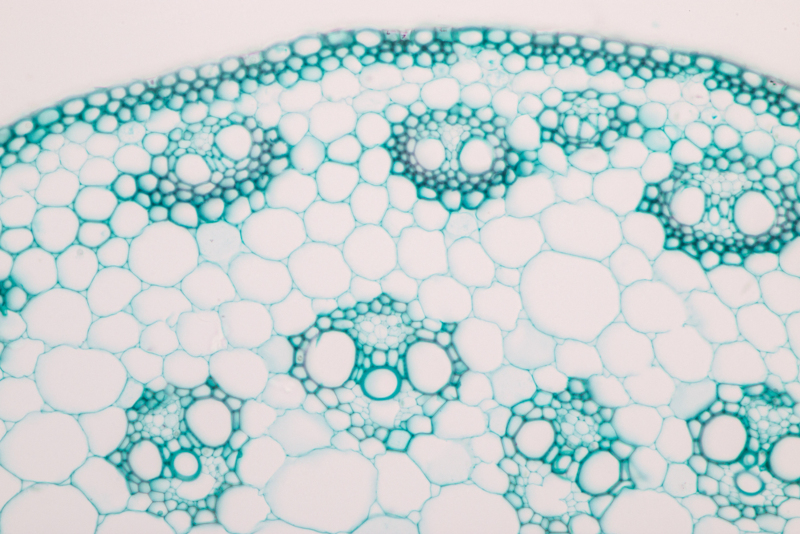
Photo: p.thongdumhyu/Depositphotos
Sources: Foldscope Explores… Smiling Grass; Does Microscopic Image Show ‘Smiley Faces' in a Blade of Grass?; Chemistry In Pictures; Greenpeace Canada on Facebook
Related Articles:
Illustrator Transforms Fields of Grass Into Peacefully Surreal Worlds
Caring Pet Owner Grows Grass Without Dirt to Feed His 80 Guinea Pigs
Plantagotchi Transforms Your House Plant into an Adorable Virtual Pet
REPLANT Act Combats Climate Change Through Nationwide Forest Restoration











